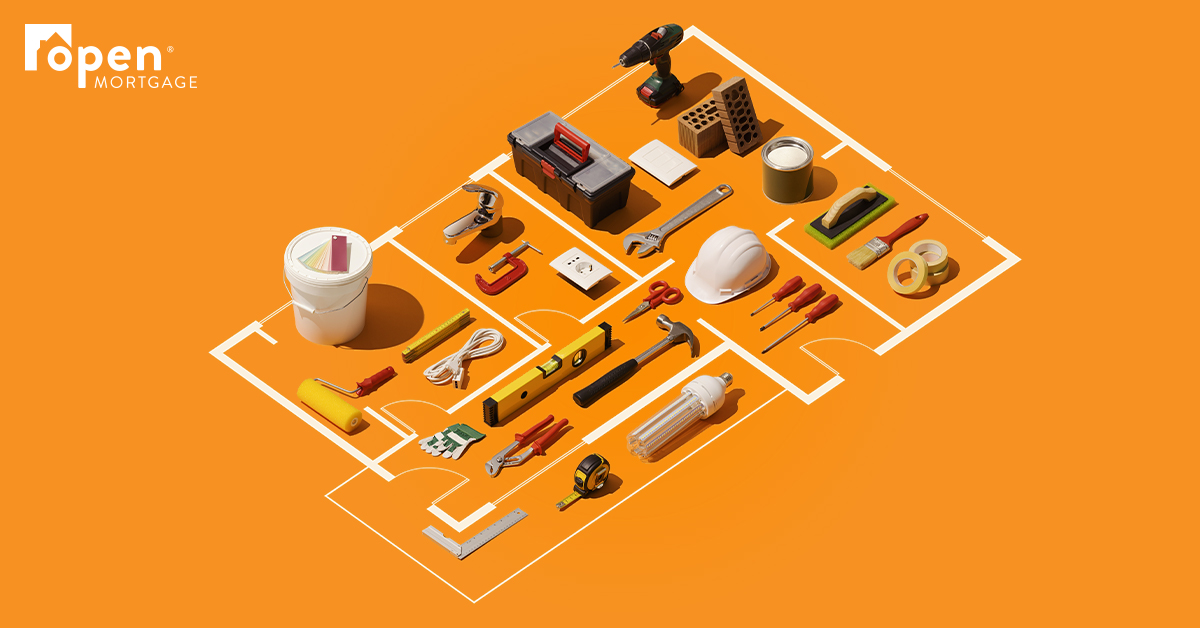
Expand Your Options with a Renovation Loan
A tightening housing market can present buyers with limited options when it comes to finding the right home. Fortunately, even shoppers without the savings to fund a substantial renovation can take advantage of loan programs designed to help them create the house they always wanted.
If you’re having trouble finding a property that checks all the right boxes, it might be time to explore the renovation loan options available to you. While it might require a little more patience and careful planning, the results could be a better fit and more equity down the road.
Fannie Mae and FHA
Two of the primary options for a renovation loan are government-backed programs from Fannie Mae and the Federal Housing Authority (FHA). Each offers an opportunity to borrow the home’s post-renovation value, giving the borrower access to the cash needed to fund the improvements. However, they do have some significant differences.
The Fannie Mae HomeStyle® loan is designed for those with higher credit scores and offers flexibility in the length of the loan, variable or fixed interest rates, and is not limited to primary residences.
Buyers with less-than-stellar credit can consider an FHA 203(k) loan, which comes with a higher cost and more restrictions. These can only be used to finance a primary residence and typically have a higher interest, more upfront fees, and costly mortgage insurance premiums for those with small down payments.
Prepare with a Plan
Regardless of the loan, embarking on a remodeling project will require careful planning to be successful. Since the financing will be based on the home’s value after renovations are complete, overspending on projects that don’t add equity or underestimating the cost of repairs can lead to you dipping into your own pocket to finish the job.
A HomeStyle® loan comes with fewer restrictions to prevent this scenario, but the 203(k) loan makes it a critical part of the process. First, 203(k) borrowers have two options depending on the extent of the project being considered. A streamlined loan is available for cosmetic repairs that will cost less than $35,000. More thorough renovations require a full 203(k) loan. The latter also involves hiring an approved HUD consultant to oversee the work and evaluate bids and project plans.
Financing Alternatives
Beyond the government-backed loans, buyers can also speak with a lender about conventional loan products that may be available to them and meet their needs. The credit score and down payment requirements will vary depending on each particular product.
Of course, financing a renovation isn’t limited to new buyers. Current homeowners can consider a Home Equity Line of Credit (HELOC) or, if over 65, a Home Equity Conversion Mortgage (HECM) to use a home’s current equity to fund upgrades. Taking advantage of low interest rates to refinance into a renovation loan, or to lower your monthly mortgage payment, can be another path to perfecting the home you have.
Explore all of your home loan options on our website or call to speak with a representative committed to helping you reach your goals.
 Search
Search




